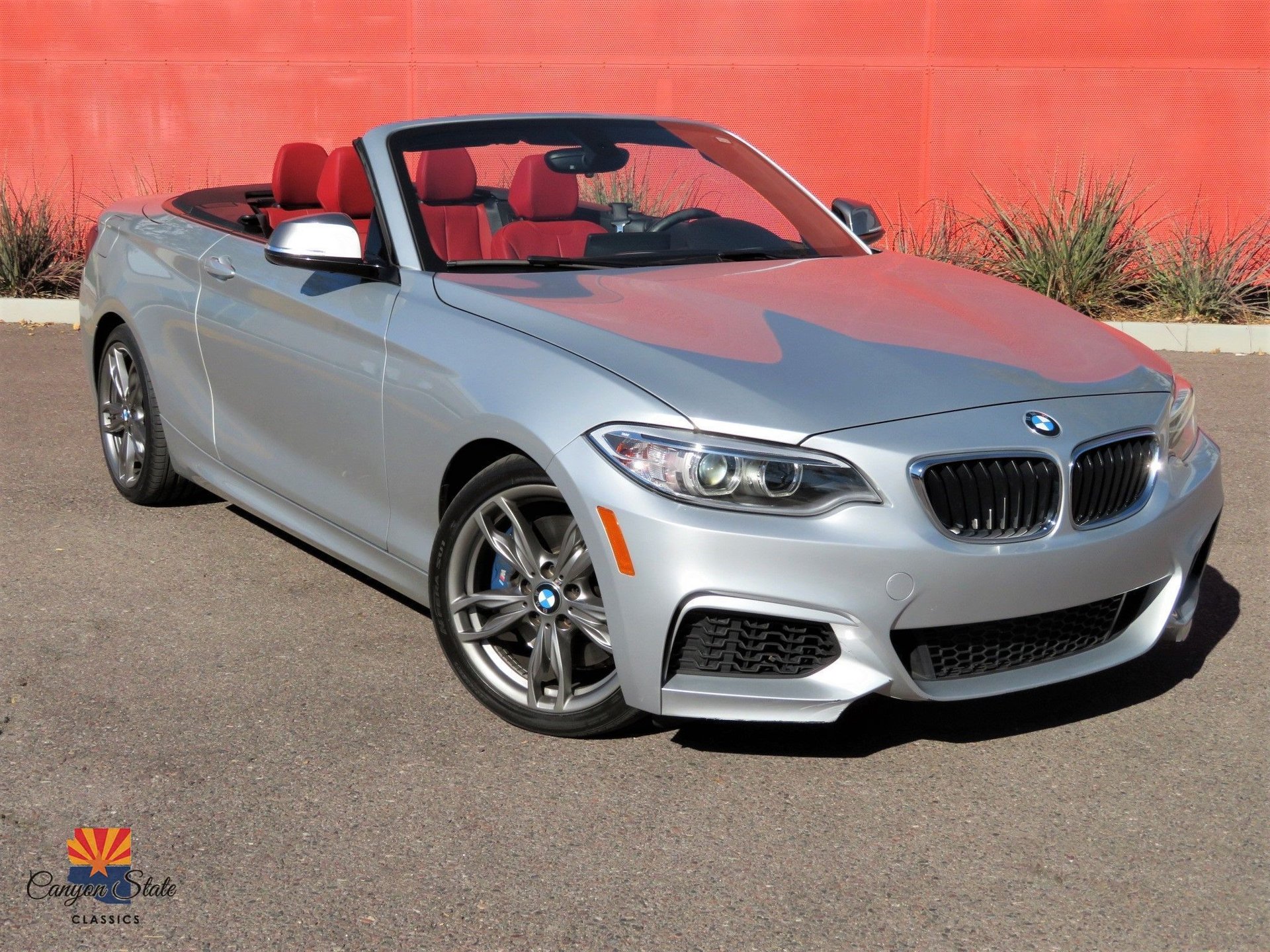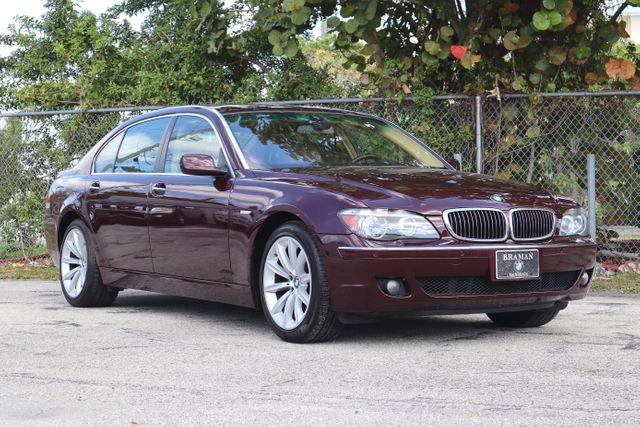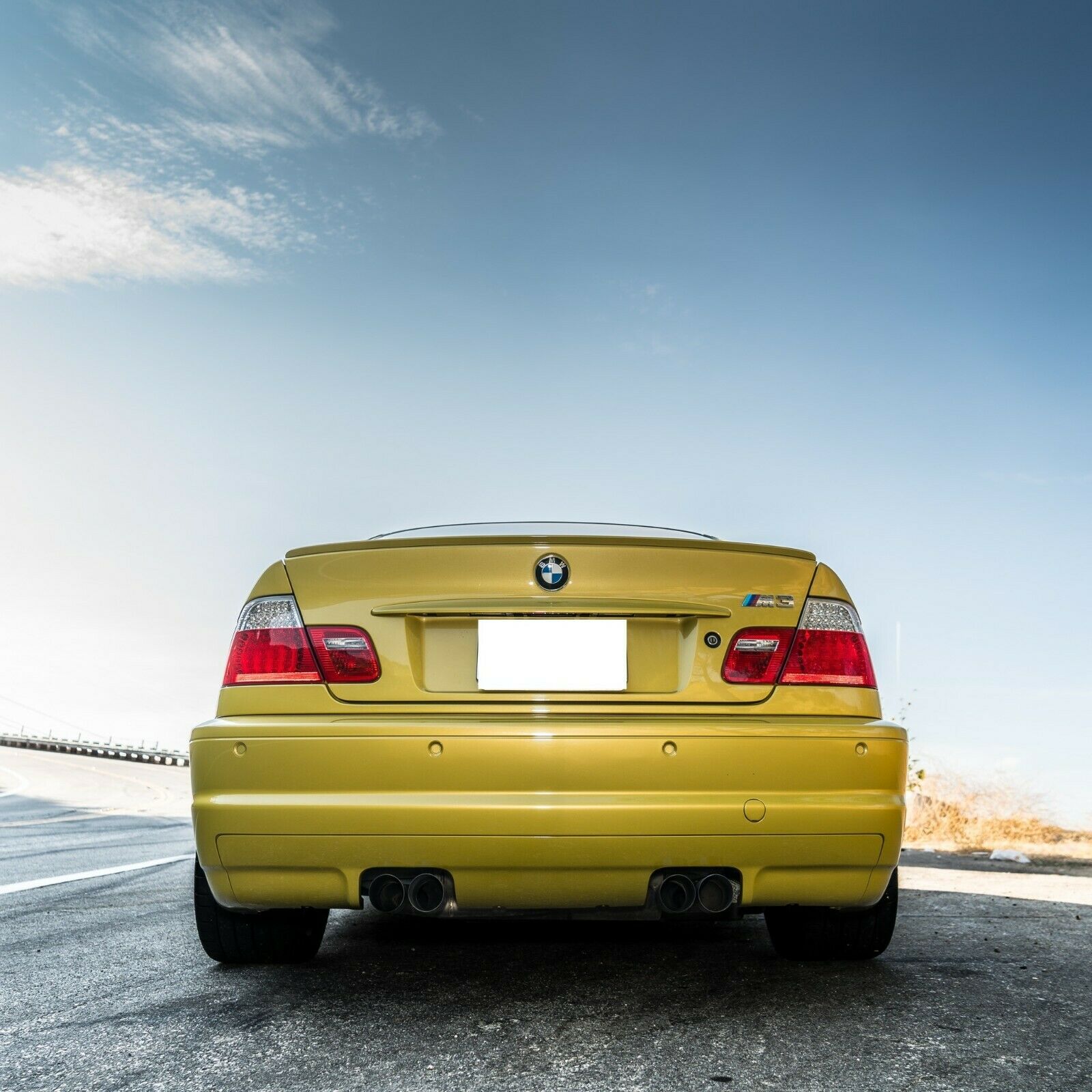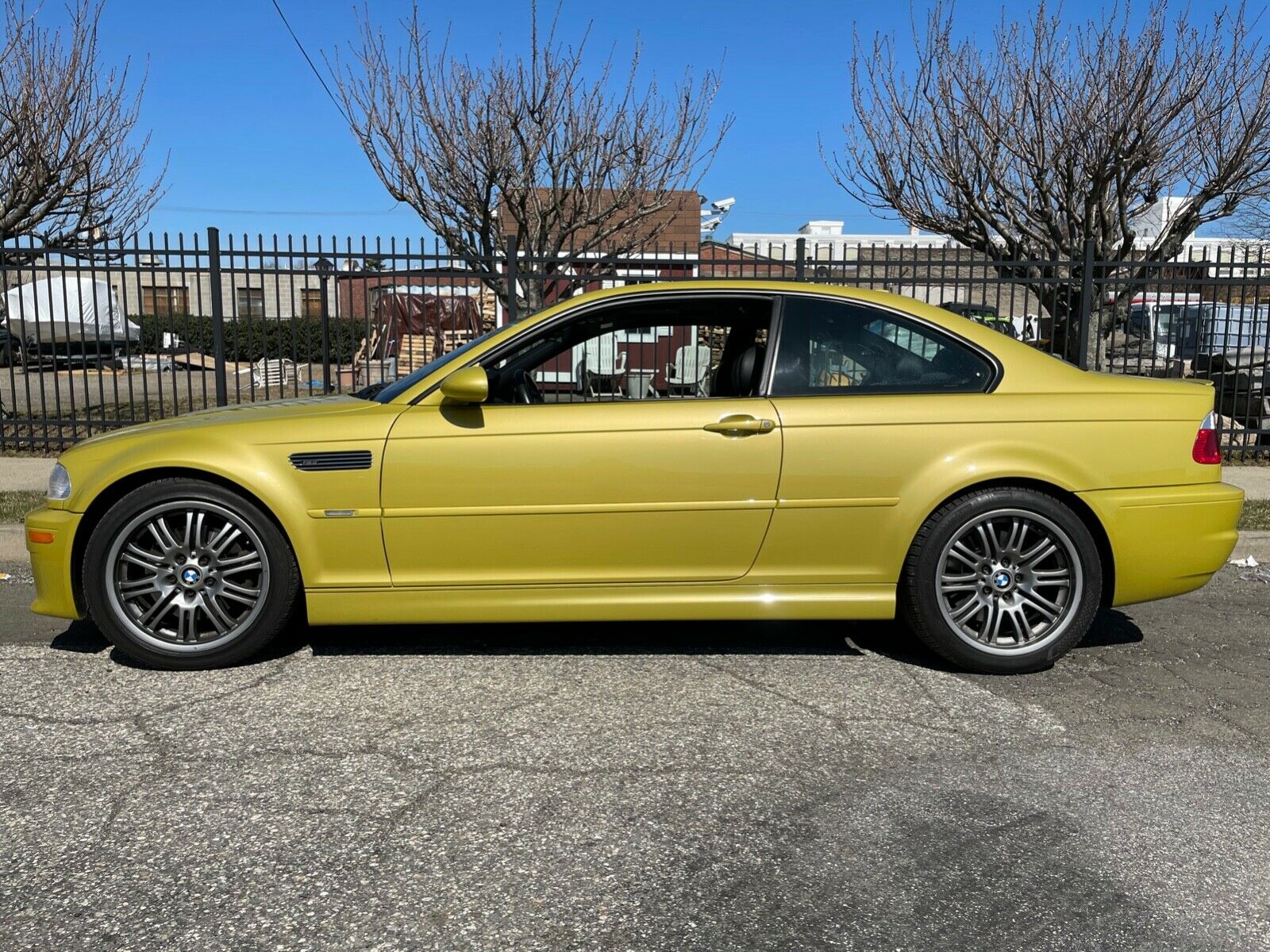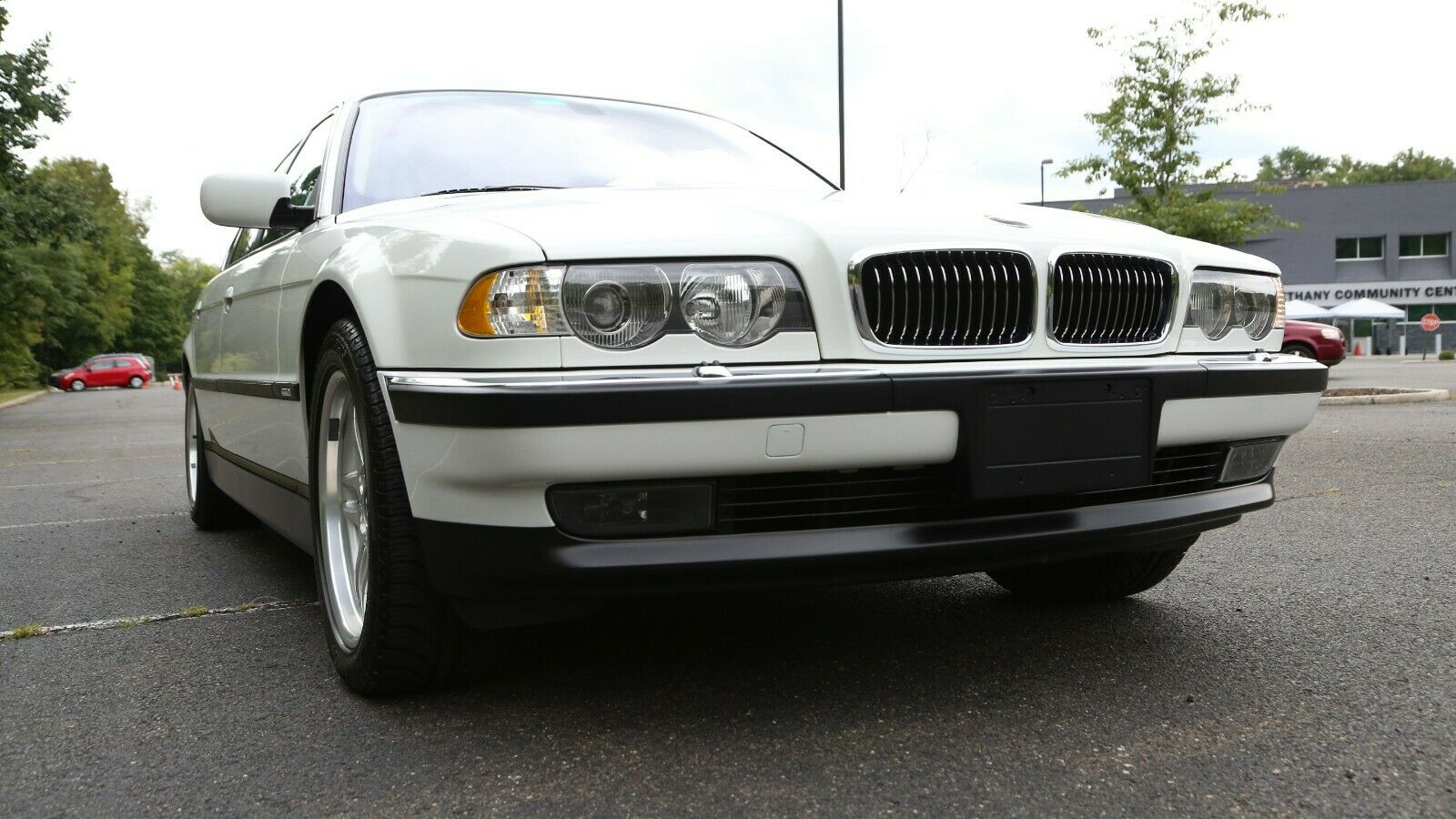Recently I looked at both the M2 and it’s badder, madder brother the M2 CS. They’re both giant killers of cars, following the age-old recipe of ‘stick a big motor in a small chassis’. Well, there’s a third option BMW offered with that formula. It’s a bit less wild than the other two, but it also has a lot of stuff going for it.
The M235i effectively picked up the reigns from the outgoing 135i. BMW stretched the wheelbase an inch and overall length 3 inches, gave it 4-Series styling up front and a revised rear end, and a refreshed interior – but underneath, the important bits remained effectively the same. You got a 320 horsepower N55 turbocharged inline-six that could be mated with a six-speed manual, big brakes, and M Sport suspension. True, like the 135i it wasn’t a full M model, but it’s still a lot of the experience of one. And unlike the M2, you could get more color inside! And, you could get a convertible! On top of all that, you can grab one for relatively short money today:

